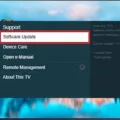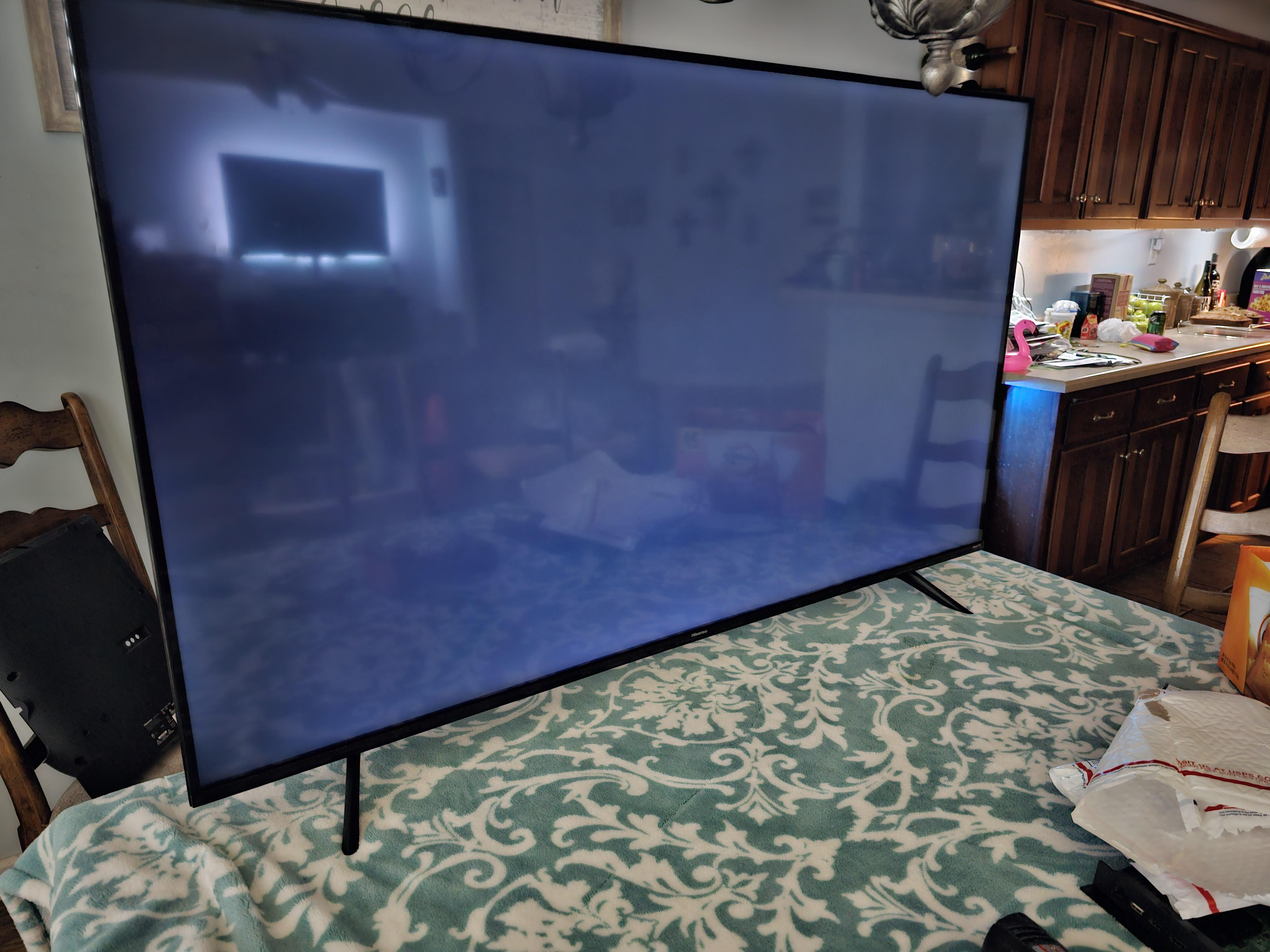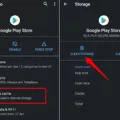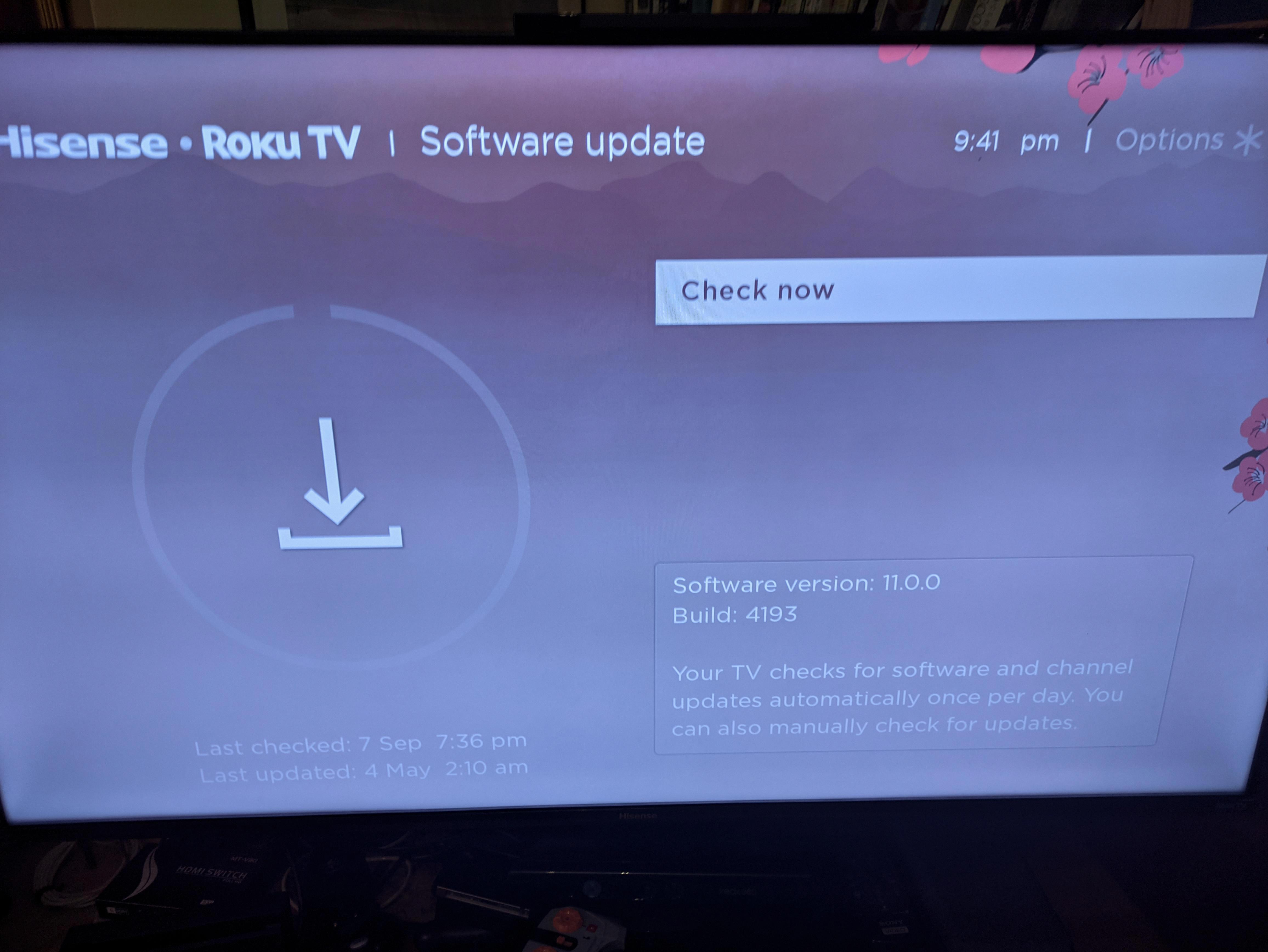When it comes to Hisense TVs, there are a few problems that you may encounter. However, it’s important to note that these issues can also occur with other TV brands, and they are not unique to Hisense. In this article, we will discuss some of the most common problems that you may encounter with your Hisense TV and how to fix them.
One of the most common problems with Hisense TVs is the audio quality. Some users have reported that the sound on their Hisense TV is too low, even when the volume is turned up all the way. This problem can be caused by a number of factors, including the TV’s audio settings, the audio cables, or the speakers themselves. To fix this issue, you can try adjusting the audio settings on your TV, replacing the audio cables, or purchasing external speakers.
Another issue that some users have reported with their Hisense TV is a flickering or flashing screen. This can be caused by a faulty HDMI cable or a problem with the TV’s firmware. To fix this issue, you can try replacing the HDMI cable, updating the TV’s firmware, or resetting the TV to its default settings.
Some users have also reported that their Hisense TV freezes or crashes frequently. This can be caused by a number of factors, including a lack of available memory, a problem with the TV’s firmware, or a hardware issue. To fix this issue, you can try clearing the TV’s cache, updating the firmware, or contacting Hisense customer support for further assistance.
Some users have reported that their Hisense TV has poor picture quality or color accuracy. This can be caused by a number of factors, including the TV’s display settings, the calibration of the TV, or a problem with the TV’s firmware. To fix this issue, you can try adjusting the TV’s display settings, calibrating the TV, or updating the TV’s firmware.
While Hisense TVs are generally reliable, they may experience some issues from time to time. Fortunately, many of these problems can be easily fixed with some basic troubleshooting steps. If you continue to experience problems with your Hisense TV, it’s always a good idea to contact Hisense customer support for further assistance.
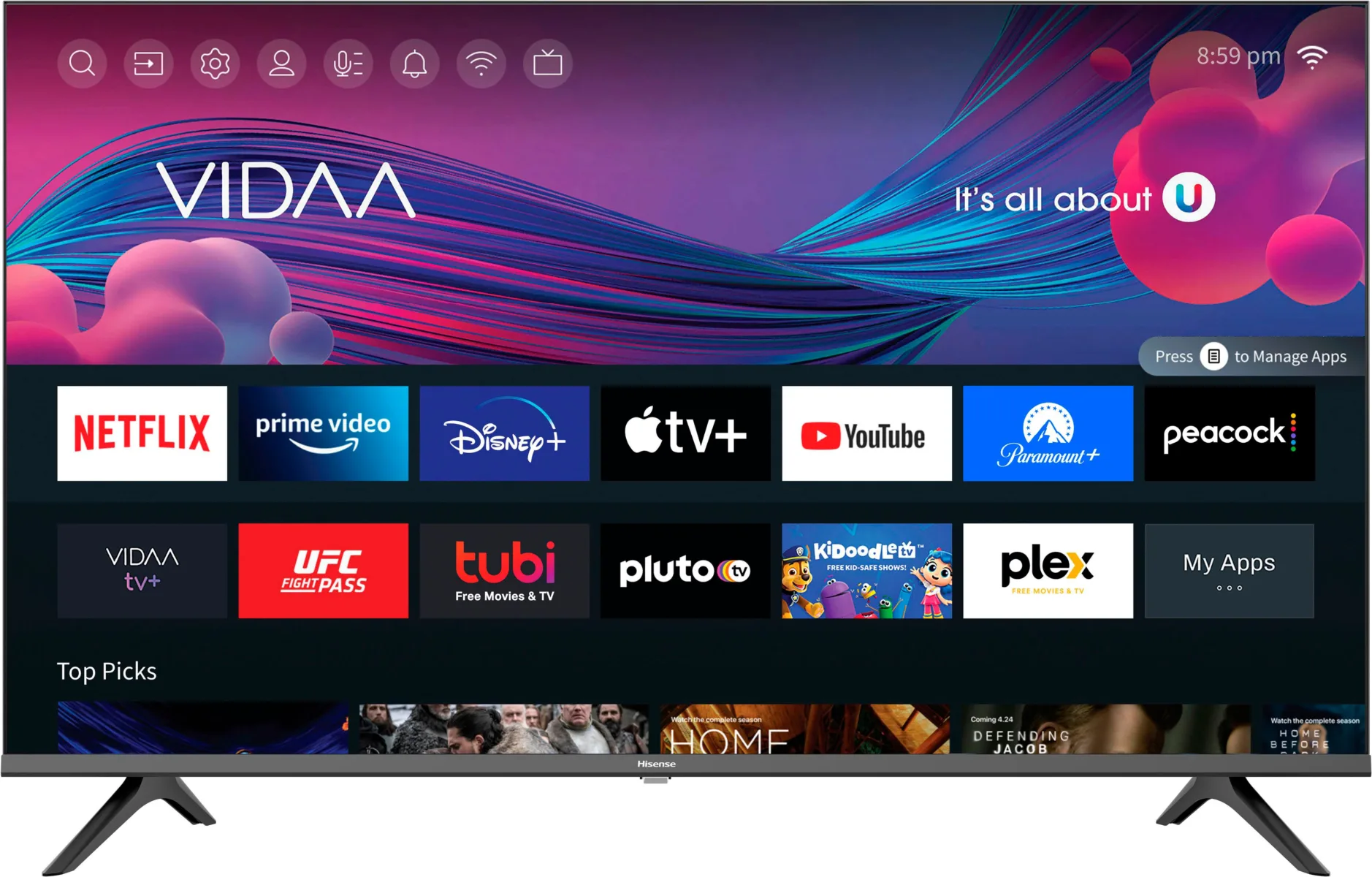
Lifespan of Hisense TVs
According to industry standards, the average lifespan of a Hisense TV is around seven years when used heavily and at the highest settings. However, with proper care and moderate usage, you can extend the lifespan of your Hisense TV. It is also essential to note that the lifespan of your Hisense TV can vary depending on the model and the usage patterns.
To get the most out of your Hisense TV, it is recommended that you avoid using it for extended periods, especially when not in use. Additionally, you should moderate the settings to ensure that you do not overwork the TV. This means avoiding using the highest brightness and contrast settings and using a power-saving mode when possible.
To maximize the lifespan of your Hisense TV, you should also ensure that it is regularly maintained and serviced by a professional. This includes cleaning the TV screen and ensuring that the TV is not placed in areas where it is exposed to direct sunlight or extreme temperatures.
With good care and proper usage, you can expect your Hisense TV to last up to ten years, providing you with many years of high-quality entertainment.
Repairing a Hisense TV
Hisense TVs can be repaired. If the TV is under warranty, Hisense will cover the cost of repairs or replacement. If the TV is out of warranty, the cost of repairs will depend on the issue and the age of the TV. In some cases, it may be more cost-effective to replace the TV rather than repair it. All panel replacements or repairs require that the Product be returned to Hisense’s warehouse. Once Hisense receives the Product and repairs or replaces it, Hisense will return the repaired/replaced Product back to the Purchaser.
Reliability of Hisense TVs
Hisense TVs are generally considered to be reliable. However, the reliability of any TV brand can vary depending on usage, maintenance, and other factors. Hisense TVs have a good reputation for reliability among consumers and reviewers. It’s worth noting that one advantage of Hisense TVs is that they offer a choice of operating systems, which allows users to select the system that best fits their needs. This flexibility can also contribute to the reliability of the TV, as users are able to choose the system that works best for them.
Conclusion
Hisense TVs are relatively reliable and can last up to seven years under heavy usage and high settings. However, with moderate usage and proper care, you can extend the lifespan of your Hisense TV up to ten years. It’s important to note that all panel replacements or repairs require returning the product to Hisense’s warehouse. One notable advantage of Hisense TVs is that they offer a choice of operating systems, unlike other brands that are locked into a specific system for all their TVs. While there may be some occasional issues with Hisense TVs, such as software glitches or connectivity problems, they are generally few and far between. As with any electronic device, proper care and maintenance can go a long way in preventing problems and extending the life of your TV. if you’re in the market for a reliable and versatile TV, Hisense is definitely a brand worth considering.


